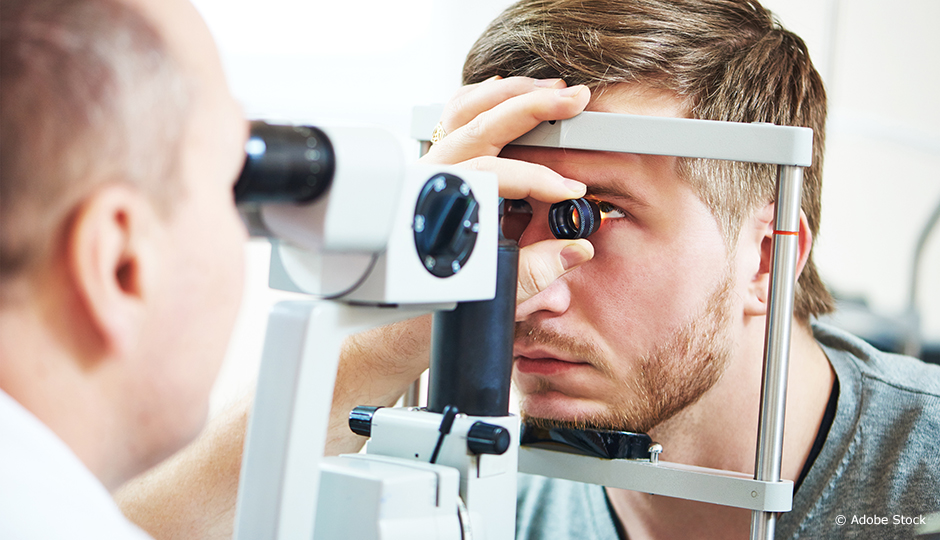Every 12 minutes, a Canadian begins to lose his or her sight. A number of retinal diseases, including age-related macular degeneration and pigmentary retinopathy, lead to permanent damage because the retina—the nerve cells that line the back of the eye—cannot regenerate. Or could they? The future now holds promise since Michel Cayouette, professor and researcher in the Department of Medicine at Université de Montréal and director of the cellular neurobiology research unit at the Institut de recherches cliniques de Montréal (IRCM), identified new retinal stem cells surrounding the fine nervous tissue.
Will humans one day be able to regenerate their own retina as fish do?
The discovery is a surprising one since various studies had affirmed that only one stem cell population had the capacity to produce the neurons required to relay images from the eye to the brain during embryo development. By studying gene MSX1, which is involved in teeth and bone development in the skull, Professor Cayouette and his team determined that the gene was expressed by cells located in the outermost area around the growing retina. The researchers then used fluorescence to mark the cells and track their family trees in mice embryos and found that several neurons in the adult retina descend from this new source of unexplored cells.
At first glance, these peripheral stem cells look a lot like those that enable fish and amphibians to generate retinal neurons throughout their lives and specifically in the case of injury. Mammals are not currently able to do so but could they one day gain this capacity with a tweak of the MSX1 gene? Will humans one day be able to regenerate their own retina as fish do? Professor Cayouette and his team are working to elucidate these questions and gain a whole new outlook on vision!




